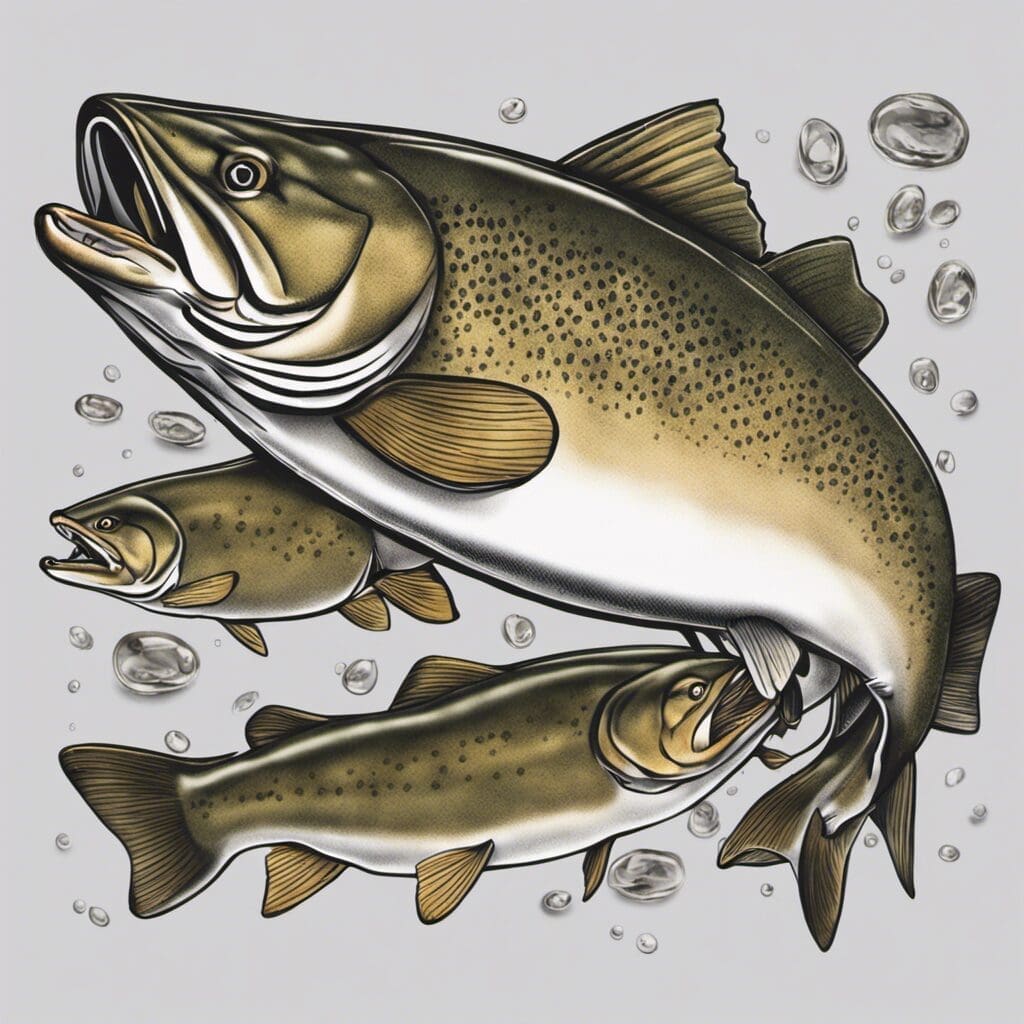Introduction
Belonging to the family Salmonidae, the Lake Trout, or Salvelinus namaycush as it’s scientifically known, is a freshwater fish species that is common in North America.
Conservation Status
The Lake Trout is currently listed as a species of “Least Concern” by the International Union for Conservation of Nature (IUCN). Conservation efforts for the species include habitat protection and regulation of fishing activities.
Statistics
| Aspect | Average | Range |
|---|---|---|
| Length | 24 inches | 14-36 inches |
| Weight | 15 pounds | 10-25 pounds |
| Lifespan | 25 years |
Distribution
Lake Trout are predominantly found in Canada and the northern United States. They tend to stay in the same lakes where they were born and do not usually travel large distances.
Habitats
Lake Trout live in freshwater environments and prefer deep, cold, oxygen-rich lakes. The temperature range for their habitat is typically between 1 to 15°Celsius.
When and Where to See
Lake Trout are most active during the cooler months of spring and fall. They are predominantly nocturnal fish, being most active during the early morning and late evening.
Best Fishing Locations
Lake Trout can be found in freshwater bodies across Canada and the northern United States. Top fishing locations include:
- Lake Superior
- Lake Michigan
- Lake Huron
- Great Slave Lake
- Lake of the Woods
- Yellowstone Lake
Fishing Tips
Lake Trout can be caught using a variety of techniques, including trolling and jigging. They are also attracted to a variety of baits, such as live minnows and spoons.
Identification Guide
The Lake Trout has a distinctive dark green body with lighter spots. They are generally oval in shape with a slightly forked tail. Lake Trout are sometimes confused with other species such as the Brook Trout or Brown Trout, although the Lake Trout is usually much larger.
Culinary
Lake Trout is a mild-flavored fish that is often cooked in a variety of ways, including grilling, smoking, and frying. It is a relatively lean fish, with a high protein content and moderate fat levels.
Additional Information
Lake Trout are predatory fish, feeding on other fish and small, aquatic organisms. They are also known for their unique spawning behavior, which involves them migrating to tributaries and streams. Predators of Lake Trout include other larger fish, birds, and humans.
References and Further Reading
More information can be found in books such as:
- “Freshwater Fishes of Canada” by William B. Scott and E. J. Crossman
- “Handbook of Fish Biology and Fisheries” by Paul J. B. Hart and John D. Reynolds
Linking to external sources like [Fisheries and Oceans Canada](https://www.dfo-mpo.gc.ca/index-eng.htm) and [US Fish and Wildlife Service](https://www.fws.gov/) can provide more detailed and up-to-date information.

